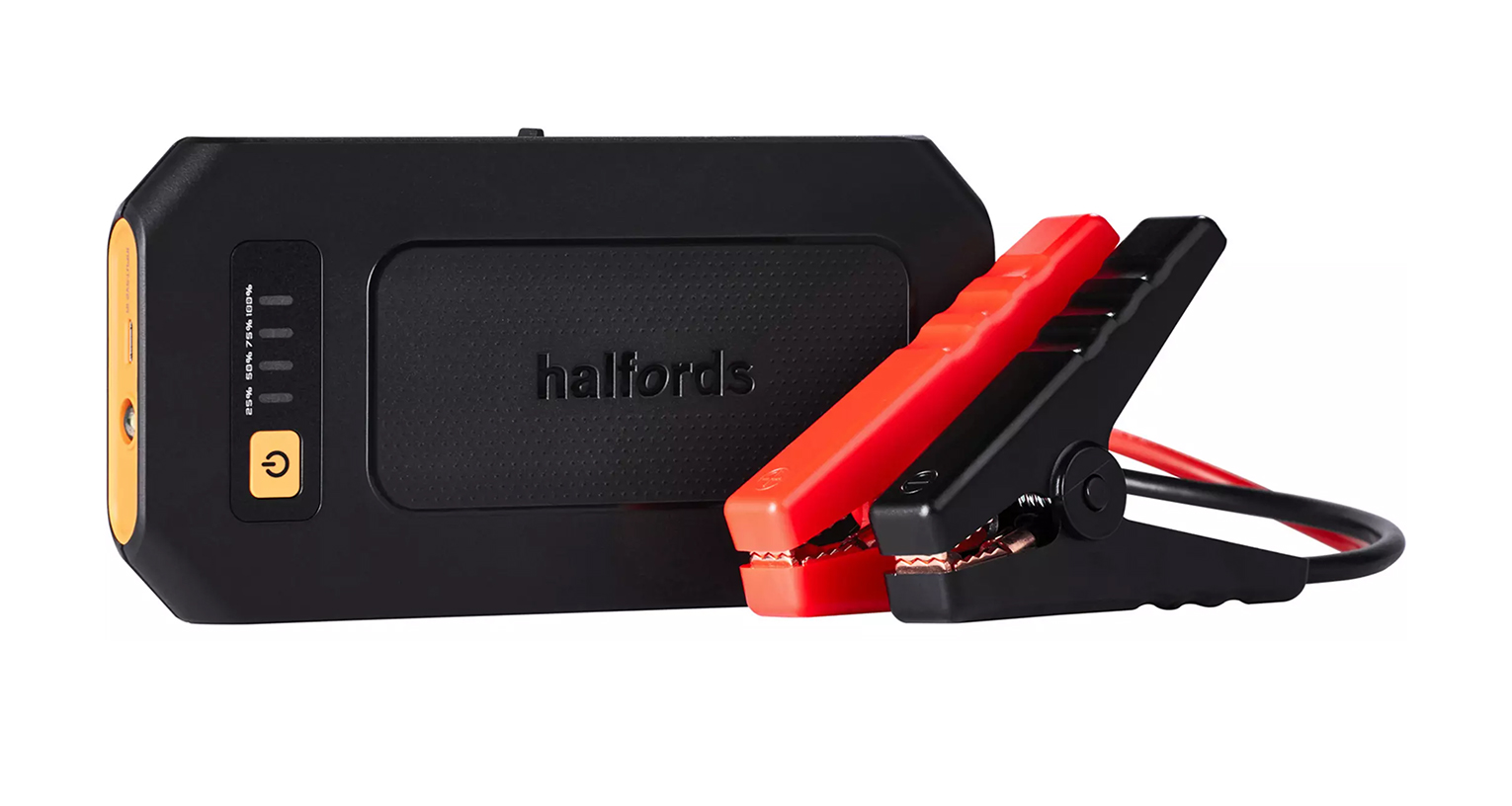Portable Jump Starter vs Jumper Leads which is best?
Comparing the two ways of jump-starting a car with a dead battery


For years, the answer to a dead car battery was to hook it up to another vehicle using jumper cables. But, while this still produces the desired effect, and is likely to work as the cables are correctly attached to both vehicles, the portable jump starter is considered a simple, safer and easier way of bringing a dead battery back to life.
In this article, we will explain how each option works, and why you are best off carrying one of the best portable jumper starters in the back of your car instead of a set of jump cables.
How do jump leads work?

First, the basics. Jump cables work by creating a circuit between the dead battery of your car and the functioning battery of a donor vehicle – which of course means you need to have someone willing to help you out in the first place.
To use jump cables, connect one red clamp to the positive terminal of your dead battery, then the other red clamp to the positive terminal of the healthy donor vehicle. Then connect a black clamp to the negative terminal of the donor vehicle’s battery, and the other black clamp to some bare metal on the vehicle with the dead battery.
After letting the donor vehicle run for five to 10 minutes, start the vehicle with the dead (but now, hopefully, partially charged) battery. Then disconnect the cables in the opposite order in which they were connected.
This is all simple enough, but it is also easy to make a mistake with connecting the cables the wrong way, or for sparks to be created, with the potential to cause an explosion or fire. It is also possible to cause damage to the batteries and even the vehicle electronics if something goes wrong.
How does a portable jump starter work?

Portable jump starters have their own battery, replacing the need for a donor vehicle to help you out. They connect to the positive terminal and bare metal in the same way as described above, but use their own battery to give your car enough power to start. Once running, the car should then charge up its own battery in the usual way.
Get all the latest news, reviews, deals and buying guides on gorgeous tech, home and active products from the T3 experts
Modern jump starters use lithium batteries and in some cases are around the size of a large power bank, like the ones you would use to charge up your smartphone or laptops. Some also include integrated LED torches to help you out at night, and USB ports to charge other devices.
- Best flashlight: for general use
- Best head torch: hands-free illumination
What are the benefits of jump starters over jump cables?
Unlike jump cables, jump starters include safeguards that prevent sparking and stop the battery from delivering current if the cables have been attached incorrectly, preventing damage.
While some heavy-duty jump starters can be quite large and heavy, many modern options are small enough to fit in your glovebox and take up no more space than a set of jump leads.
The only real downside to a jump starter is how their battery needs to be charged up between each use, and you should check up on the battery every few months to make sure it is still full. If the battery runs low, then it won’t be able to start your car if its battery were to die. In this situation, jump cables and another vehicle would be needed to get you going again.
You should also be aware that the cables of portable jump starters tend to be quite short. While it should still be possible to connect to the battery and a piece of bare metal at the same time, it’s worth working this out before switching the jump starter on, as some only remain in standby mode for 30 seconds once activated before switching off again, as a safety measure.
It is also important to use a jump starter that is powerful enough for your vehicle. Some smaller starters are only designed to work with engines up to two litres in capacity. For larger engines, you will need a bigger, more powerful and more expensive portable jump starter – budget around £85 instead of roughly £60 for a smaller model.
Ultimately, the portable jump starter is an easier and safer option than using jump cables, and they work without needing a second vehicle to get yours back on the road.
Now take your new-found knowledge to buy the best jump starter around, and learn how to jump-start your car using a jump starter.
Liked this?
- Best dash cam: top car dash cams tried and tested
- Cheap dash cam deals
- Best sat navs
- Best car seat
Alistair is a freelance automotive and technology journalist. He has bylines on esteemed sites such as the BBC, Forbes, TechRadar, and of best of all, T3, where he covers topics ranging from classic cars and men's lifestyle, to smart home technology, phones, electric cars, autonomy, Swiss watches, and much more besides. He is an experienced journalist, writing news, features, interviews and product reviews. If that didn't make him busy enough, he is also the co-host of the AutoChat podcast.
